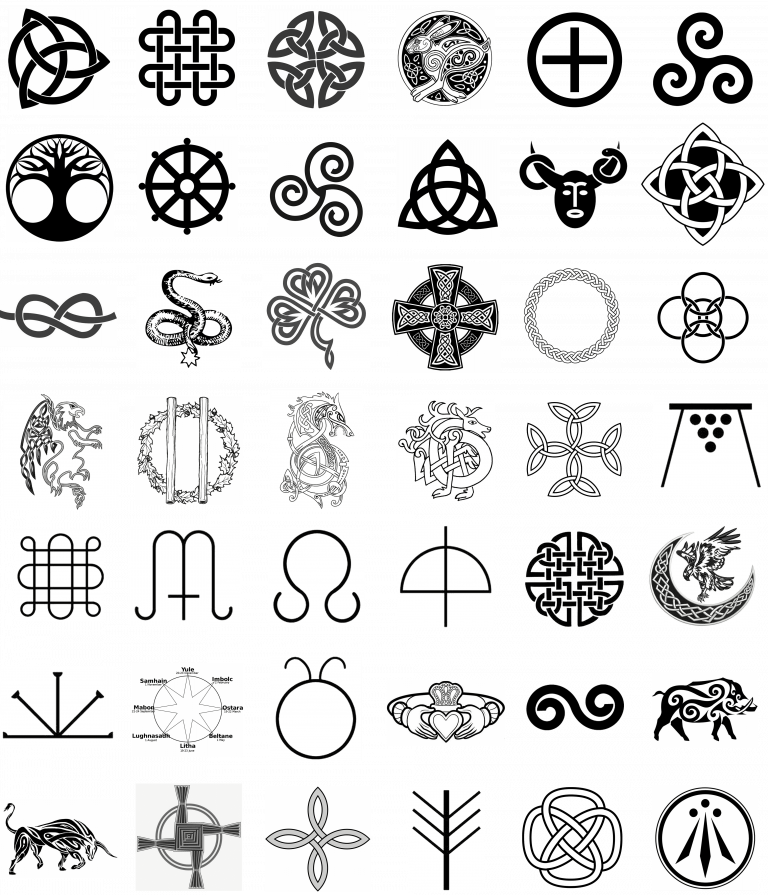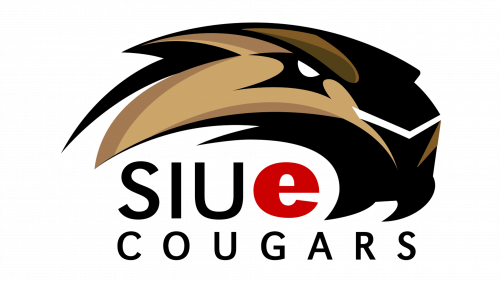
- Version
- Download 60
- File Size 340.01 KB
- File Count 1
- Create Date December 23, 2024
- Last Updated December 23, 2024
The Celtic civilization, one of the oldest cultures in history, emerged in the 5th century BCE and profoundly influenced modern art, culture, and spirituality. Spanning vast regions including present-day Ireland, England, Spain, Belgium, France, and parts of Italy, the Celts left behind a legacy of intricate symbols and patterns, each imbued with deep meaning and mystical significance.
The Mystical Power of Celtic Symbols
Ancient Celts believed their ornamental designs carried potent mystical energies. Warriors and artisans expressed their beliefs, traditions, and worldview through these intricate patterns. Every Celtic design had a unique meaning, often chosen for amulets to align with personal values or aspirations such as health, wealth, love, or protection.
The Celtic patterns often resemble labyrinths, reflecting the human journey of seeking truth and self-discovery. Today, these symbols remain widely used in jewelry, tattoos, and art. However, understanding their meanings is essential to harness their intended power.
1. The Celtic Cross
One of the most recognized Celtic symbols, the Celtic Cross combines a cross and a circle. The circle represents the harmony of the four elements or directions, while the cross’s expanding base signifies growing human needs. Bridging Christianity and paganism, the Celtic Cross symbolizes wisdom and protection from dark forces. It is famously featured in the logo of the Celtic Football Club.
2. The Tree of Life
The Celtic Tree of Life, with roots deeply embedded in the earth and branches reaching skyward, represents the unity of the underworld, earthly life, and the heavens. Sacred to the Celts, trees symbolized life, ancestry, and a connection to otherworldly realms.
3. Triskelion (Triskele)
The Triskelion, a motif with three interlocking spirals, represents the unity of earth, water, and fire. It is associated with protection, renewal, and the cycles of life and rebirth.
4. Celtic Spiral
Celtic spirals symbolize spiritual growth, eternity, and harmony among body, spirit, and mind. Often depicted as labyrinths, they reflect life’s journey and the ever-expanding universe.
5. The Shamrock
According to legend, St. Patrick used the shamrock to explain the Holy Trinity. This iconic Irish symbol also serves as a charm for good luck and protection.
6. Wheel of Taranis
Named after the Celtic god of thunder, the Wheel of Taranis is linked to the sky, sun, and storms. Found in ancient Gaul, it symbolizes power and divine connection.
7. Awen
The Awen, depicted as three rays emanating from three points, signifies inspiration and truth. Its interpretations include the elements (earth, sea, air) and spiritual harmony (body, mind, spirit).
8. The Claddagh Ring
A traditional Irish ring, the Claddagh features a heart (love), crown (loyalty), and hands (friendship). It is often used to symbolize relationships and commitment.
9. Brigid’s Cross
Woven from rushes, Brigid’s Cross is a solar symbol of protection, purity, and renewal. It is traditionally created on February 1st, St. Brigid’s feast day.
10. Triquetra
The Triquetra, or Trinity Knot, consists of three interconnected loops symbolizing eternity, unity, and the cycles of life. It is often associated with the Triple Goddess and the Holy Trinity.
11. The Celtic Knot
Celtic Knots, often endless loops, represent interconnectedness, eternal love, and life’s journey.
12. Animals in Celtic Symbols
Animals held sacred significance:
- Birds: Freedom and divine messages.
- Hare: Abundance and prosperity.
- Snake: Healing and wisdom.
- Deer: Strength and spiritual energy.
- Boar: Warrior strength and hospitality.
- Bull: Fertility and prosperity.
13. Mythological Creatures
- Dragon: Power, immortality, and protection.
- Griffin: Balance, loyalty, and nobility.
14. Druid Sigil
This rounded symbol, featuring two vertical lines, represents Mother Earth’s fertility and was often used in secret rituals.
15. Gaelic Festival Symbols
Celtic festivals celebrated seasonal changes and cycles of nature. Each festival had a distinct symbol:
- Yule: Winter solstice and rebirth of the sun.
- Imbolc: End of winter and new beginnings.
- Beltane: Celebration of summer’s arrival.
- Samhain: Honoring ancestors and the cycle of death and rebirth.
16. Double Spiral
This symbol reflects life’s dualities: light and dark, life and death, feminine and masculine energies.
17. Cernunnos
Depicting the horned god of fertility and the forest, Cernunnos represents life cycles and nature’s abundance.
18. Cross of Triquetras
Formed by intertwining triquetras, this symbol highlights the interconnectedness of life’s elements.
19. Dara Knot
Resembling the roots of an oak tree, the Dara Knot symbolizes strength, wisdom, and resilience.
20. Quaternary Knot
Unlike the common trinity knots, the Quaternary Knot emphasizes balance and protection from negativity.
21. Eternity Knot
With three loops, this knot signifies eternal youth, beauty, and immortality.
22. Five-Fold Symbol
Representing air, earth, fire, water, and the sun, the Five-Fold Symbol emphasizes harmony and inner balance.
23. Triskelion
The Triskelion’s three spirals reflect the Celtic belief in the power of threes, symbolizing life’s continuous movement.
24. Circular Knots
Circular knots symbolize infinity, the cycle of life, and inner strength.
25. Ailm
Derived from ancient Celtic letters, Ailm represents restoration, strength, and spiritual growth.
Understanding Celtic Symbols
Celtic symbols reflect the values, beliefs, and spiritual depth of ancient Celtic culture. They are treasured for their beauty and timeless significance, resonating with people in both Ireland and Scotland as a connection to their heritage.
FAQs
Are Celtic symbols Irish or Scottish? Celtic symbols originate from an ancient culture that once spanned much of Europe, but they are now primarily associated with Irish and Scottish heritage.
What is the oldest Celtic symbol? Historians often consider the Celtic Cross to be among the oldest, symbolizing the interconnectedness of life and divine energy.
Is the Celtic Knot a pagan symbol? Initially a pagan design, the Celtic Knot later became associated with Christianity, representing the Holy Trinity.
| File | Action |
|---|---|
| Celtic-Symbols-768x895.png | Download |








